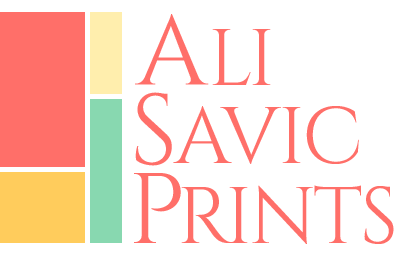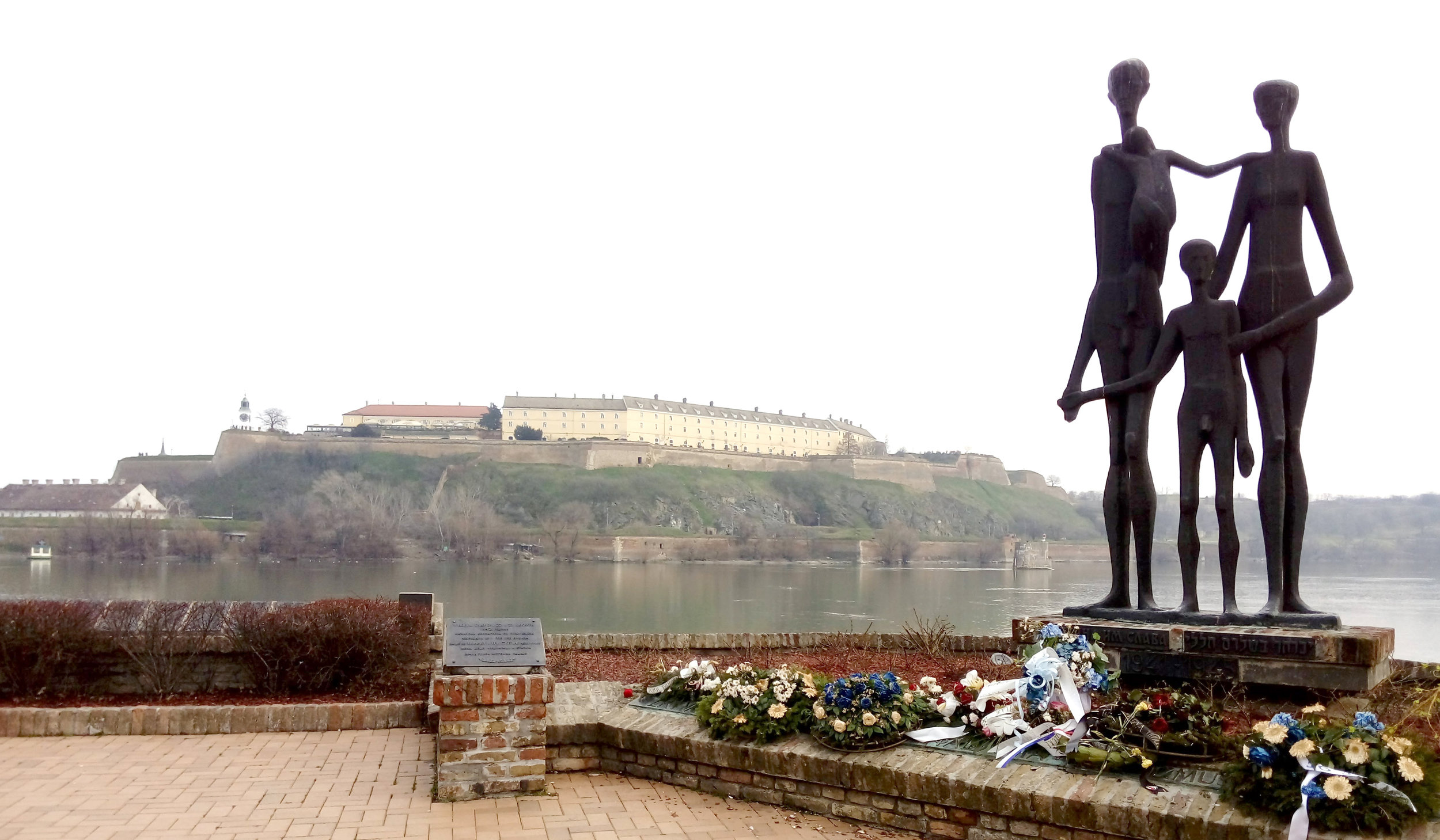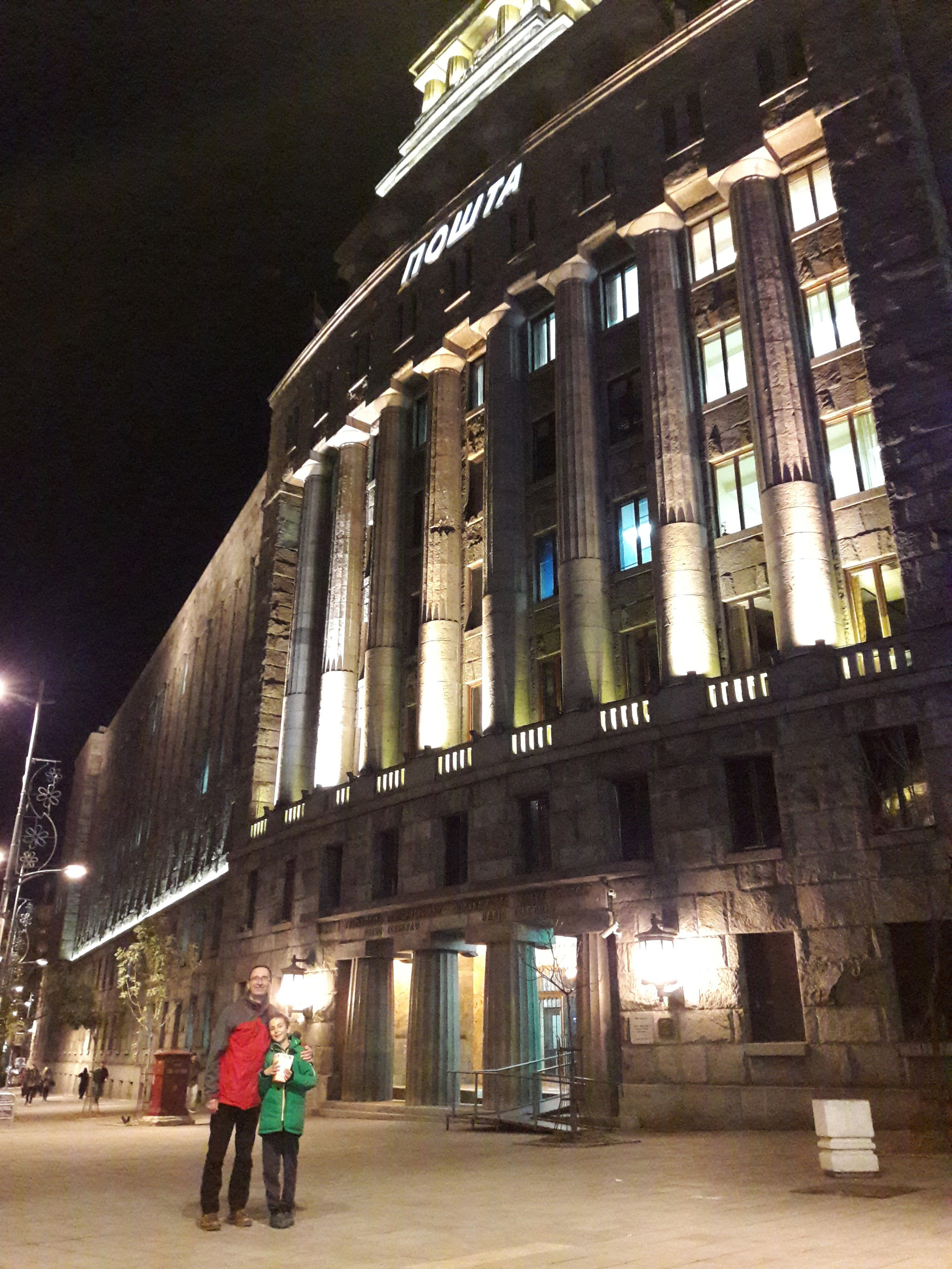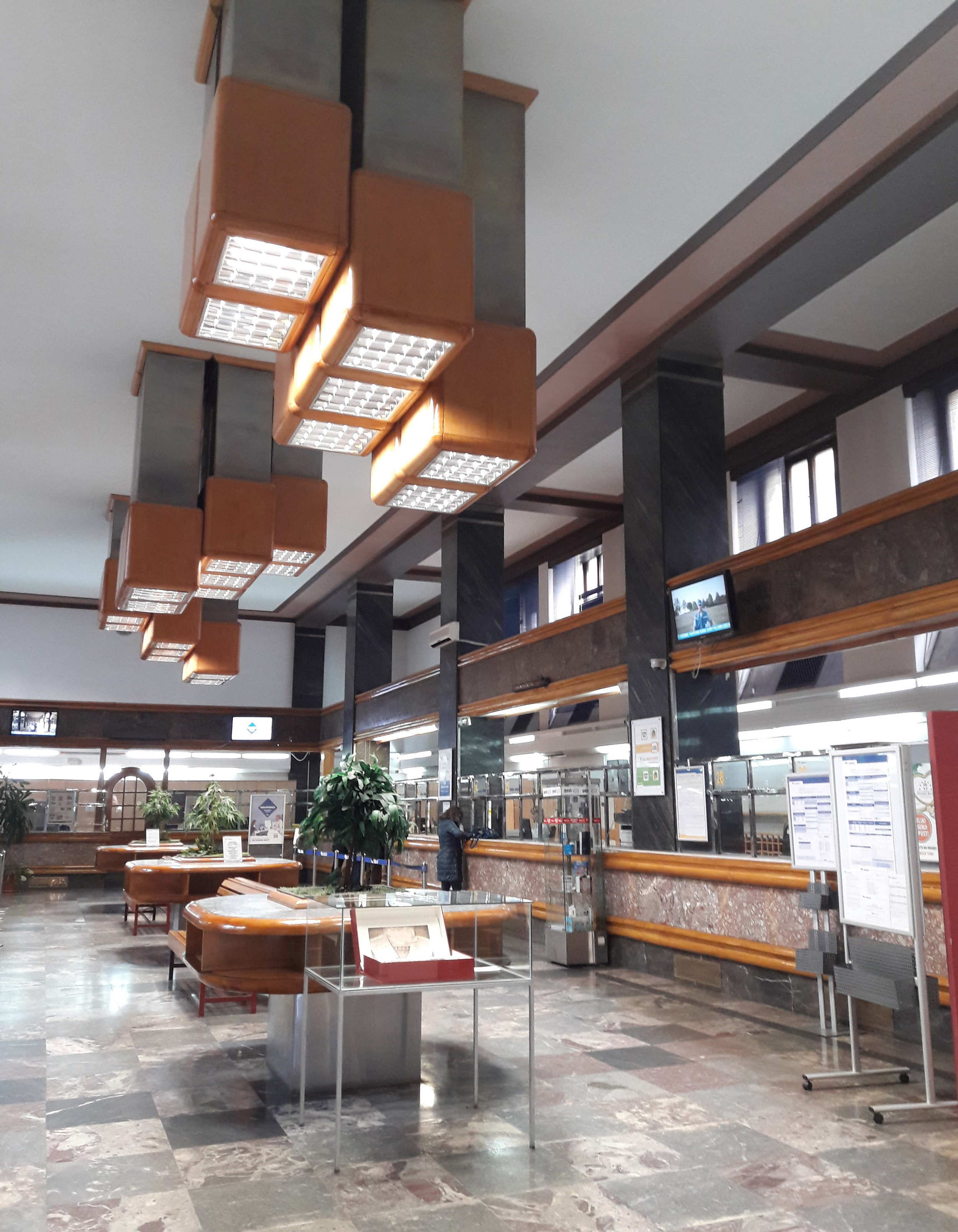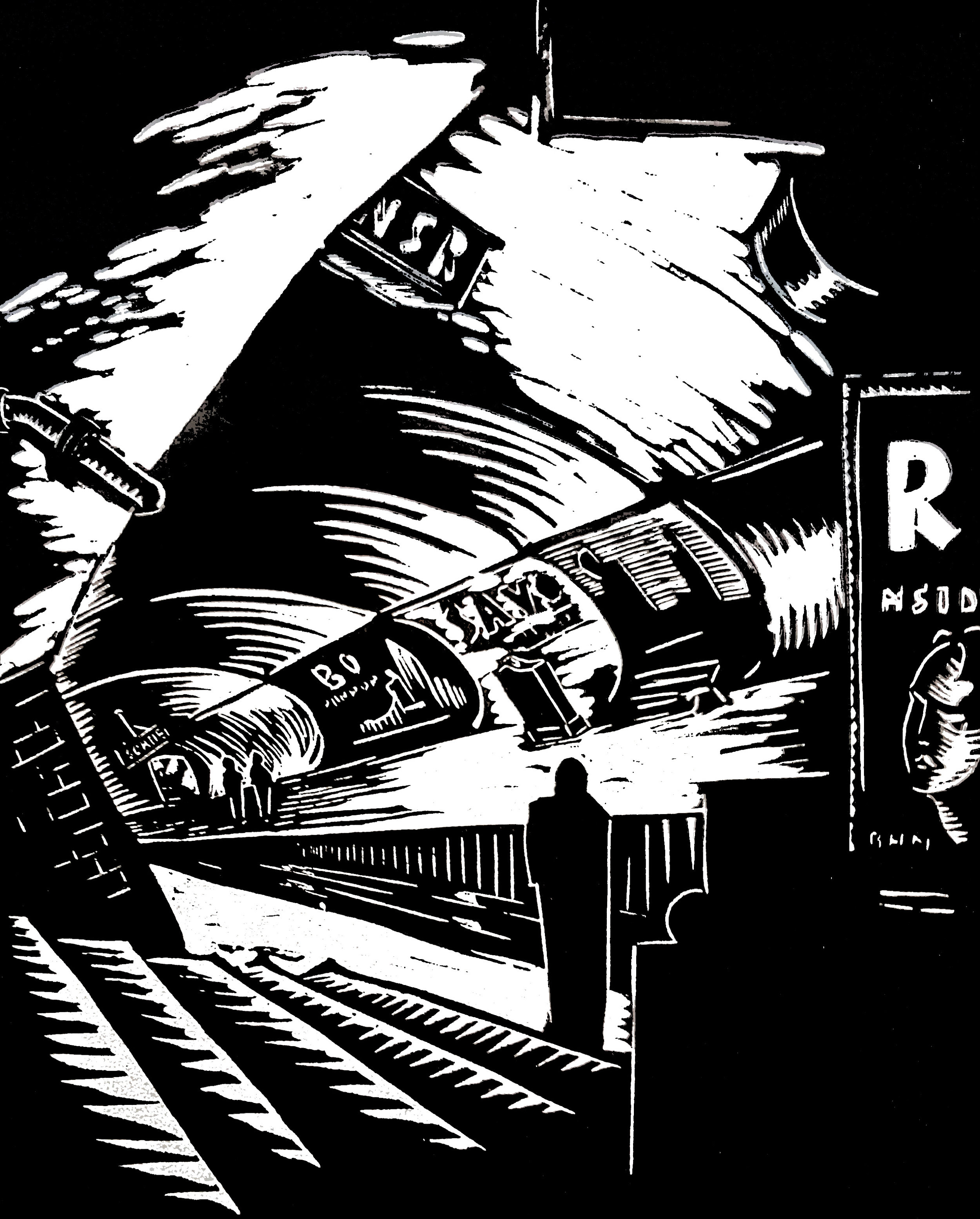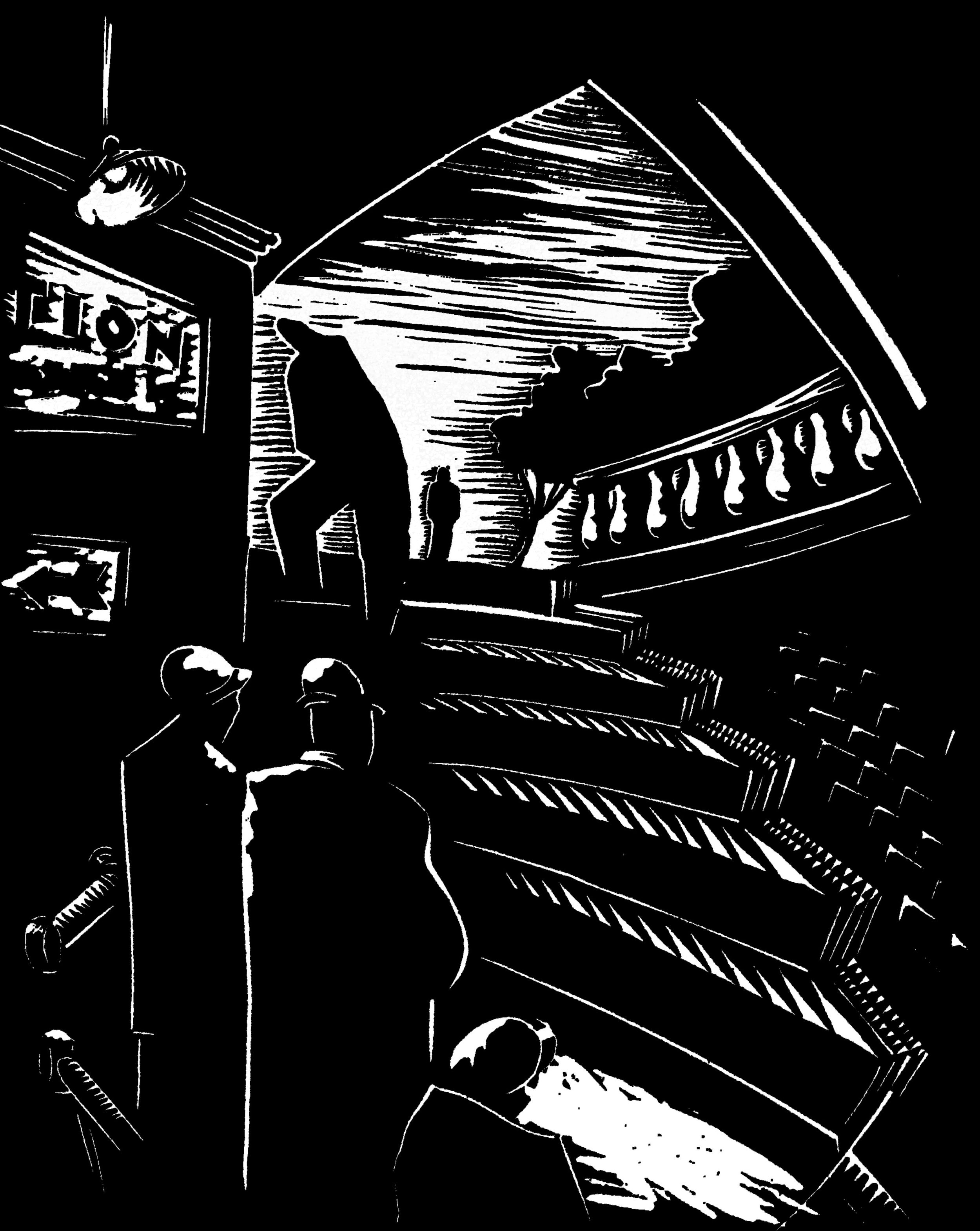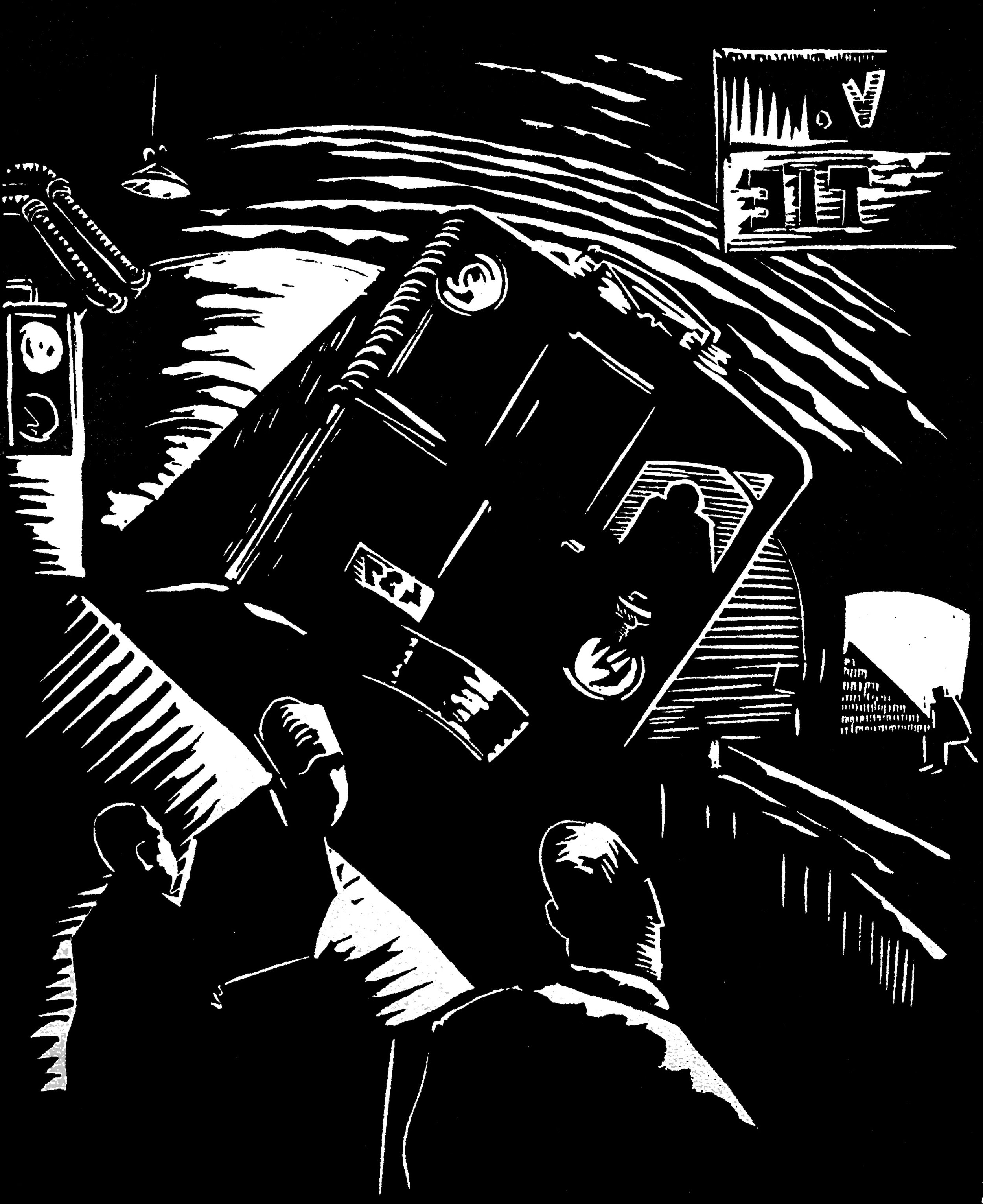My husband, Dragan, who is a native Serb, our 11 year old son, Aleks and I have embarked on an adventure, by moving to Belgrade from England for 8 months. These are excerpts from my weekly diary.
Central Novi Sad
Our daughter Mila is visiting from London and we have some must see places to visit whilst she’s here! Born in Belgrade, she loves spending time in Serbia and seeing her extended family.
We were invited for Sunday lunch by some relatives and our hostess made the most delicious food, including ‘Ruska Salata’ (Russian Salad), ‘Sarma’ (pickled cabbage rolls) and Pečenje (roast meat). Aleks ate at a separate table with his twin cousins who are also 11 and they both speak excellent English – their Dad blames Youtube for their language skills!
A Whole Host of Architects in the Family!
This side of the family is replete with female architects, including a fascinating woman called Natalija Matić-Zrnić, born in 1880. Our host that day, Mirko, is her Grandson and some years ago, he typed up her diaries, letters and memoirs, which were later published as a book. The book, 'Natalija: Life in the Balkan Powder Keg,' [1] has just been translated from Serbian and published in English - I plan to read it soon! The blurb at the back of the book says - "Natalija's diary is impressive in its scope; it covers more than half a century, five wars (including two world wars), four ideologies and numerous governments all told from the perspective of a remarkable, well educated middle class woman, mother of six, twice widowed, but never cowed."
When I visited the Church of Aleksandar Nevski in Belgrade a few weeks ago, I was impressed to discover that the architect, Jelisaveta Načić (b.1878) was the first woman in Serbia to graduate as an architect. I asked Mirko if he thinks Natalija knew Jelisaveta Načić and he was pretty sure that she did.
Natalija
Life in the Balkan Powder Keg,
1880 - 1956
Edited by Jill A. Irvine & Carol S. Lilly
CEU PRESS
A Trip to Novi Sad
At the weekend Dragan, Mila, Aleks and I all piled in the car and set off for a two-night stay in the city of Novi Sad [2]. Novi Sad is in Northern Serbia, in an area called Vojvodina and is about 60 miles from Belgrade. Vojvodina is flat, really flat – it was a sea millions of years ago, known as the Pannonian Sea. So, the soil here is dark and rich and the area has become the bread basket of Serbia.
We met some friends from Novi Sad when we arrived and enjoyed a classic Serbian meal in a typical Serbian restaurant. You know the drill, gingham tablecloths, an acoustic Serbian band, top class waiting staff and traditional wine bottles and pickles in jars on display. Vojvodina was part of the Austro-Hungarian Empire in the 19th century and influences can be seen in many areas of life including the architecture and in the food. One of our party ordered a Vojvodina dessert, 'rezanci sa orasima' made from cooked pasta, sprinkled with walnuts and sugar. As Mila said, ‘it's just dough, nuts and sugar’ – very tasty!
Aleks and our friend’s son get on well and Aleks was invited for an impromptu sleepover. Both boys were chuffed. Mila, Dragan & I stayed at an Air B&B apartment, which was lovely, extremely modern and minimal – with a fabulous view of a park, some apartment blocks and Fruška Gora mountain topped with snow in the distance. (Fruška Gora mountain was an island in the Pannonian Sea.)
The Danube with the Petrovaradin Fortress on the opposite bank.
Along the Banks of the Danube
Our friends were happy to have Aleks all day the next day, so Mila, Dragan and I walked along the banks of the Danube River towards the famous Petrovaradin Fortress [3]. It’s a beautiful path with cycle tracks, cafes and a small beach to enjoy in summer. I asked about swimming in the Danube and unfortunately it’s too polluted, bit chilly in February anyway! Before crossing the bridge to the fortress, we stopped at a Holocaust memorial on the river bank. Fresh flowers were laid in remembrance of the Jews and Serbs who were killed by the Nazis at the site during WW2.
Holocaust Memorial, Novi Sad
Petrovaradin Fortress - Exit Music Festival Venue
We crossed the bridge and walked up to the Fortress, the location of the famous Exit Music Festival [4], held here every summer. Notable musicians include Franz Ferdinand, Robert Plant & Lauryn Hill and it is now one of the biggest music festivals in Europe. The site of the fortress has seen some sort of settlement for over 20,000 years, evidenced by Palaeolithic archaeological finds, plus Roman, Austro-Hungarian and Turkish settlement. It’s an impressive structure built atop a natural rock. There is a maze of tunnels beneath the fortress where groups of soldiers would take cover. You can enter the tunnels, but I wasn’t too keen when I heard that some kids got lost (and found!) in the tunnels last summer!
The Clock Tower at Petrovaradin Fortress
Telling the Time isn't Easy Here!
The Clock Tower was a great photo opportunity and is unique in that the large hand of the clock represents the hours not minutes, so that fishermen on the Danube could see the time more easily. Serbs do the whole café/restaurant thing brilliantly and there were at least two places to eat or have coffee. We settled for coffee and then trundled back down the hill to Novi Sad city centre.
Having had a meat feast the previous night we chose squid and octopus for lunch at a lovely restaurant, called ‘Gondola' [5]. They even serve cake in a flower pot! Ultra modern with very high ceilings, a copper clad bar and industrial style light fittings.
Novi Sad's Catholic Cathedral
Architecture in Novi Sad & Belgrade
We walked through the park to the city centre, passing the pastel-coloured buildings from the 19th century and Novi Sad’s Catholic Cathedral towards the Synagogue. The Jews were decimated in Vojvodina in WW2 and many Jewish people that survived left for Israel after the war. The Synagogue [6] no longer functions as a religious building but is now a cultural centre and concert hall.
Novi Sad's Synagogue, which is now a concert hall.
We briefly met another friend from Novi Sad, Joviša, who used to work with Dragan at the University in our home city of Exeter, in the UK. He showed us around commenting on Novi Sad and the architecture. We made the typical comparisons between Belgrade and Novi Sad - there seems to be a bit of friendly rivalry between the two cities. Joviša, said to me, 'Can you guess which is my favourite building in Belgrade?' 'Glavna Pošta' (main post office) [7]. I was so surprised, because this is my favourite building too. Joviša pointed out that it is designed in the shape of a eagle spreading its wings. It's an unusual choice, as it is not exactly pretty!
Glavna Pošta (main post office), Belgrade
After the three of us had nearly completed a half marathon walking around Novi Sad we felt it was time to head back to the Air B&B for a rest.
That evening, with the promise of 'ćevapčići za poneti' (take away meat patties), the three of us walked to our friends' house to enjoy a meal and collect Aleks.
[1] https://www.goodreads.com/book/show/3382615-natalija
[2] https://en.wikipedia.org/wiki/Novi_Sad
[3] https://en.wikipedia.org/wiki/Petrovaradin_Fortress
[4] https://en.wikipedia.org/wiki/Exit_(festival)
[5] http://www.gondola-restoran.rs/
[6] https://en.wikipedia.org/wiki/Novi_Sad_Synagogue
[7] https://en.wikipedia.org/wiki/General_Post_Office,_Belgrade
